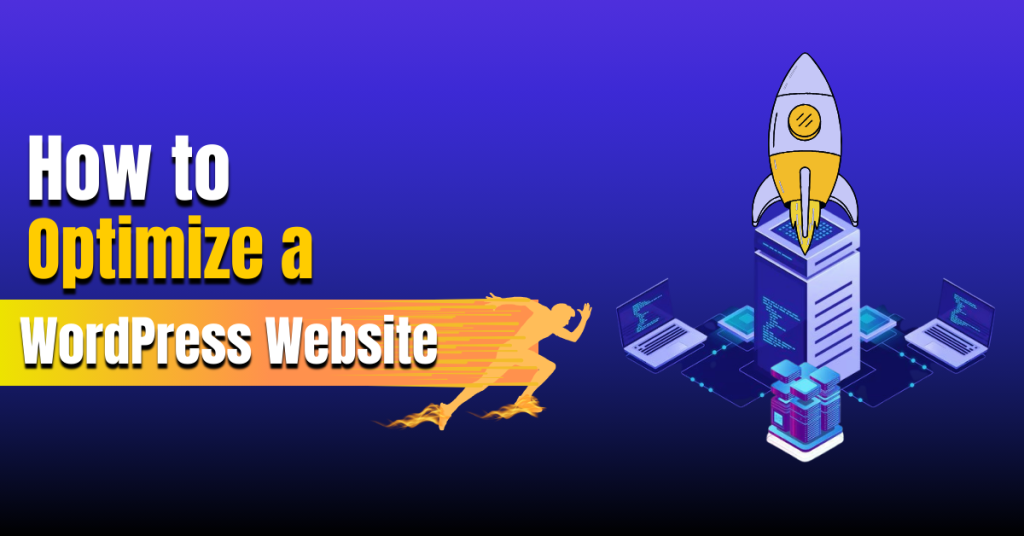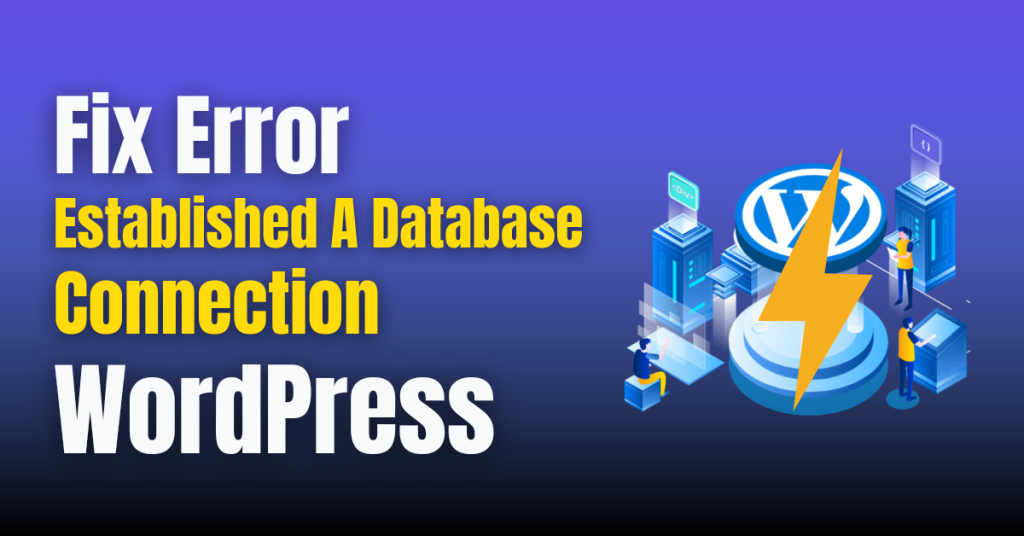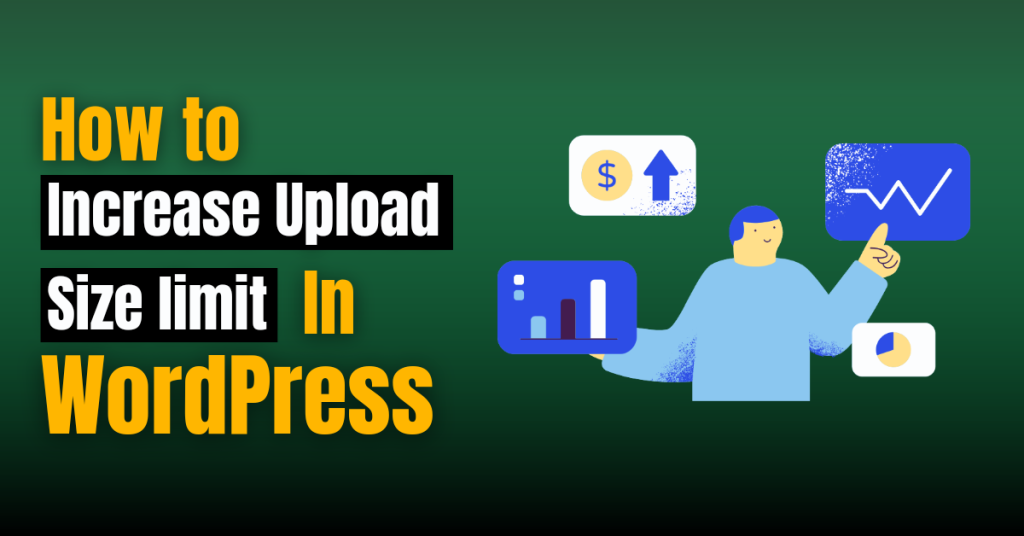Is your WordPress website too slow and struggling to crawl up the Google rankings? So don’t worry about this, because you’re not alone. Many WordPress website owners are facing the same problem.
The key to a successful website is speed. And when it comes optimize a WordPress website, that’s the key to unlocking your WordPress site’s full potential.
Whether you’re a blogger, entrepreneur, or business owner, this guide will help you improve your site’s performance as smoothly as butter.
Advantages of Optimize a WordPress Website
Optimize a WordPress website offers several advantages that go beyond increasing site loading speed. Here are the key advantages:
Enhanced User Experience:
Improved loading speeds of your website with smoother navigation without any hustle, giving visitors a happy experience of scrolling and browsing.
Improved Search Engine Rankings:
Search engines always give importance to fast-loading websites, and the key to a successful website is loading speed. Which you get to optimize your WordPress.
This will contribute to higher rankings, increase visibility, and attract more organic traffic.
Increased Conversions:
If your website is well optimized, it attracts more visitors and hence drives higher conversion rates.
Whether you’re selling a digital product or a service, a fast-loading and responsive website encourages site-user interaction.
Reduced Bounce Rates:
Slow websites always increase the high bounce rate, which results in visitors leaving websites that take too long to load. WordPress optimization reduced bounce rates.
Better Mobile Responsiveness:
Optimization of your WordPress website makes it more responsive for any device, enhancing accessibility and catering to an increased mobile user base.
Optimize a WordPress Website
Choose a Reliable Web Hosting Provider
When it comes to site speed and performance, web hosting is a strong foundation for fast WordPress websites. It is essential to choose the right web hosting provider that perfectly meets the needs of your WordPress site.
You must know what type of website you want to create, like a website for e-commerce, blogging, business, or a portfolio.
Tailor your hosting plan accordingly to ensure optimal performance, uptime, support, and resource allocation.
“For example, if you are a beginner, then shared hosting is the right option for you.”
Once you have high-quality regular traffic, you should instead move on to a dedicated, cloud, or managed WordPress hosting plan from well-known Web hosting. You have to check out our guide on how to choose the right web hosting plan.
Update PHP Version – Use the latest version
PHP is a well-known scripting language mostly used for website or application development and widely used to create dynamic website pages. PHP code is embedded within HTML code, enabling developers to create interactive and functional websites.
The PHP version is a key component that plays a crucial role in website performance and enhancing security.
Newer versions offer performance improvements, including security patches, vulnerabilities, and access to new features and plugins over older versions, which helps your pages load faster.
The latest version of PHP is PHP 8.2 (active support ends on December 8, 2024). Typically, you can easily upgrade the PHP version in your cPanel dashboard.
Delete unused and low-quality Plugins
Plugins slow down your site’s loading speed, especially if you have numerous plugins. Even if you’re deactivated or not actively using the plugin, it can still be running in the background and consume server resources, potentially slowing down your site.
Once you have verified the unused and low-quality plugins, delete all unused plugins, and after removing all unused plugins, verify that your site still works.
By deleting unused or low-quality plugins, you will keep fewer plugins, which means less code and files to load, easing the workload on your server.
Install High-Quality Plugins
Quality is better than the quantity of low-grade plugins. High-quality plugins are like coded tools; they enhance your work website’s speed, performance, and user experience, all possible with the right plugin choice.
You should know what type of website you have, such as e-commerce, blogging, or business; install only the plugins you truly need and actively use; and don’t use cracked plugins. Always use the original.
Use a Content Delivery Network CDN
Another common cause of the slow loading speed of your WordPress site is the server location, as the performance of your website significantly depends on the location of your web hosting server.
For instance, people from Germany will be able to access your website more quickly than visitors from other nations if your web hosting server is located in Germany.
This is where a CDN comes into play: it stores copies of your website’s static content on a network of servers strategically placed across the globe.
Whenever someone wants to request your website from the United States, the browser connects to the nearest CDN server. In this way, the CDN dramatically reduces the distance required for data to travel.
This way, your web hosting server will also be faster because the CDN is doing a lot of the work.
Use Lightweight and Well-Coded Themes
If you want to load your WordPress website like a sleek race car, then it’s important to pay special attention to choosing lightweight and well-coded themes.
The theme comes with high-quality images and effects and much more, but it comes at a cost to you in terms of the speed of your website.
Fancy effects and high-quality images require a lot of code, like CSS, JavaScript, and HTML, due to which your site speed gets reduced.
A lightweight theme is the secret weapon for your WordPress website speed, so whenever you want to choose the theme for your website, pay special attention to choosing a lightweight, well-coded theme.
Install a caching plugin.
The caching plugin is one of the most effective solutions for optimize a WordPress website because it boosts your website’s speed as smoothly as butter, especially for returning visitors.
By simply storing static copies of your website’s pages, the caching plugin significantly reduces loading times for your visitors.
Therefore, if you want to optimize your WordPress website, then you should install a caching plugin because most caching plugins are very simple to install or use without any technical expertise.
That’s why we recommend every WordPress website use the LiteSpeed cache plugin.
Optimize Your WordPress Site Images
Image optimization is a necessary step to boost website performance. Because the large and high-quality images forcefully slow down your WordPress website. To further improve your site’s performance, reduce images and compress them without sacrificing quality.
WordPress sites don’t actually need high-tech, large images. That’s why we recommend every website owner use image editing software or plugins such as Photoshop, EWWW image optimizer, or Smush to optimize their site’s images.
Avoid uploading videos directly to the server
Think about it: Having all your clothes in one place in the middle of a small room is like hosting a video. In the same way, video and audio on your server consume resources which slows down your site’s images
If you want to upload videos on your website then use third-party networks like YouTube, Vimeo, Dailymotion, etc.
You can easily use WordPress’s built-in embed feature, by copying a video URL and pasting it directly into your post it will automatically embed.
Use Fewer External Script
External scripts like Google Analytics, social media shares, social media widgets, ads, etc. reduce your loading speed.
Use tools like GTmetrix to find scripts that are slowing down your website, and then remove unnecessary scripts.
Paginate Posts and Comments on Your WordPress Websites
Paginate posts:
Split longer posts into multiple pages for easier digestion, especially those with substantial media content. For shorter posts, maintain a single page but enhance navigation with a table of contents and jump links.
Paginate comments:
Move active comment sections to a separate page, reducing initial load time for the main content and allowing readers to load comments only when desired. This streamlines loading for those primarily interested in the article itself.
Final Thoughts on How To Optimize a WordPress Website
Optimizing a WordPress website is like sculpting statues. At each step, from choosing the right web hosting provider to optimize images to implementing the LiteSpeed caching plugin to deleting unused plugins, etc., there are several strategies to optimize a WordPress website that you can implement to enhance your website performance.
Some Frequently Asked Questions
How do you optimize the performance of a WordPress website?
Optimize a WordPress website involves various steps. Start by choosing a reliable hosting provider, updating the PHP version, and deleting unused plugins. Additionally, use high-quality plugins, implement a Content Delivery Network (CDN), choose lightweight themes, install a caching plugin, and optimize images. These steps collectively contribute to improved speed and performance.
What role does a Content Delivery Network (CDN) play in website speed?
This is where a CDN comes into play: it stores copies of your website’s static content on a network of servers strategically placed across the globe.
Whenever someone wants to request your website from the United States, the browser connects to the nearest CDN server. In this way, the CDN dramatically reduces the distance required for data to travel.
Is it essential to choose a specific hosting plan for my WordPress site?
Yes, selecting the right hosting plan tailored to your website’s needs is crucial for optimal performance, uptime, and support. Consider factors like the type of website you’re running and future scalability.


